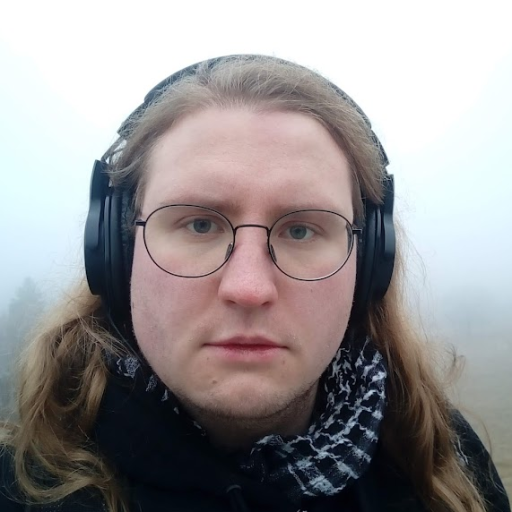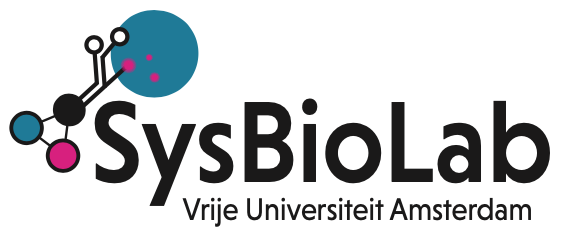Pranas Grigaitis

Contact
O|2 building, room 01W01
p.grigaitis[at]vu.nl
Social media: ResearchGate | Google Scholar | Twitter
Biological agents of different scale make [metabolic] decisions. Single cells, cell (sub)populations, and even multicellular organisms change their behavior both in space and time, and these shifts translate to different metabolic strategies, and metabolic specialization – or loss of it.
I try to make sense of shifts in metabolism by blending computational models and experimental data: this way we can get a truly detailed quantitative descriptions into condition- and context-dependent metabolic strategies of different organisms. In this endeavor, I use computational blueprints of metabolism, so-called genome-scale metabolic models – a technique that I have used in my work extensively over the years. I have experience in handling these models at all research stages (hypothesis testing, model construction, development of new pipelines), and used their predictions to obtain new biological insights into microbial physiology (see below).
Overview of my recent work
My PhD project was a part of Marie Skłodowska-Curie ITN “SynCrop”, aimed at designing combined computational and experimental strategies to better understand microbial behavior and impact of perturbations in biotechnology-relevant settings. During my PhD work, I have mainly focused on the development and application of large-scale, fine-grained resource allocation models. Together with colleagues, we have published a simplified resource allocation model for Escherichia coli (Grigaitis et al. 2021), and so-called proteome-constrained models for two yeasts: the budding yeast Saccharomyces cerevisiae, the pcYeast (pcYeast7.6, Elsemman, Rodriguez Prado, Grigaitis et al. 2022; pcYeast8, Grigaitis et al. 2023) and fission yeast Schizosaccharomyces pombe (pcPombe, Grigaitis et al. 2022). You can find a summary of this work as a companion article to the pcYeast7.6 in here.
I am also a proud participant and contributor of the Economic Principles in Cell Physiology forum and their initiative of an open textbook. I have participated in a panel discussion on resource allocation models in January 2022, and have co-written two chapters of the open textbook: “What makes up a cell?” and “Large cell models“.
About me
I obtained my Bachelor’s degree in Biochemistry from Vilnius University (Vilnius, LT) and Master’s in Molecular Biosciences from Heidelberg University (Heidelberg, DE), where I chose Systems Biology as my Major. During the BSc/MSc time I have acquired a broad spectrum of skills (both wet-lab and computational) though multiple internships in places like Danish Cancer Research Center (DCRC), Institute of Biotechnology of Vilnius University, or German Cancer Research Center (DKFZ).
I joined the Systems Biology Lab in July 2019 as a PhD student with prof. Bas Teusink and prof. Ursula Kummer (Heidelberg University, DE) as the promotors. In September 2022, I started as a postdoctoral researcher in the HFSP-funded project on multi-omic metabolic modeling of ant colonies.

Recent Comments